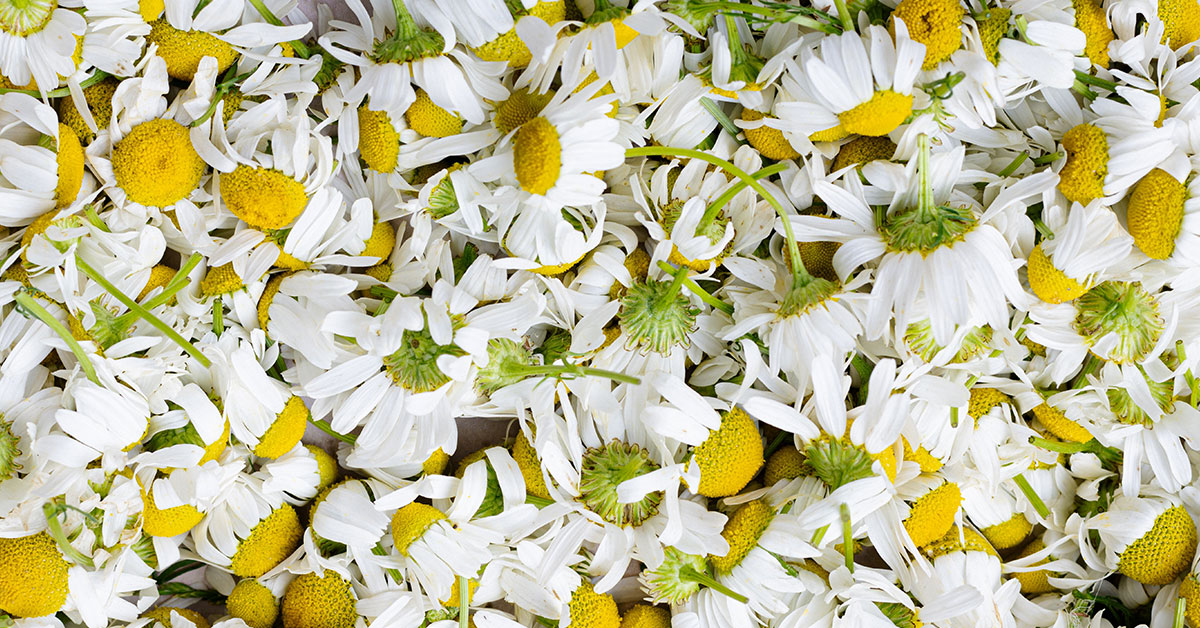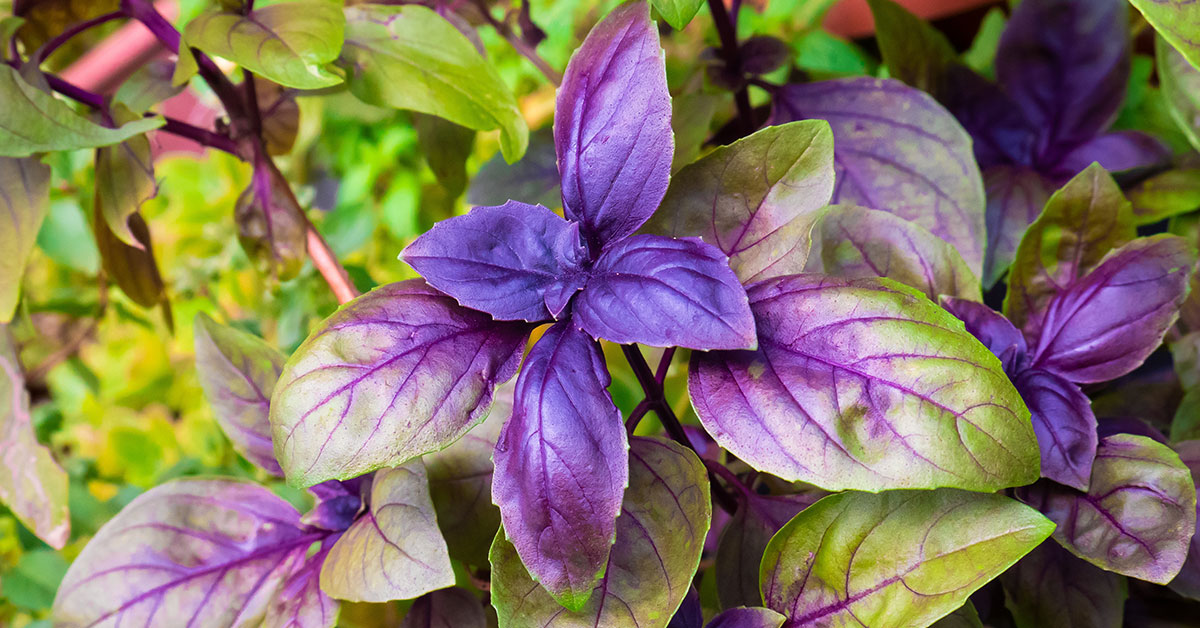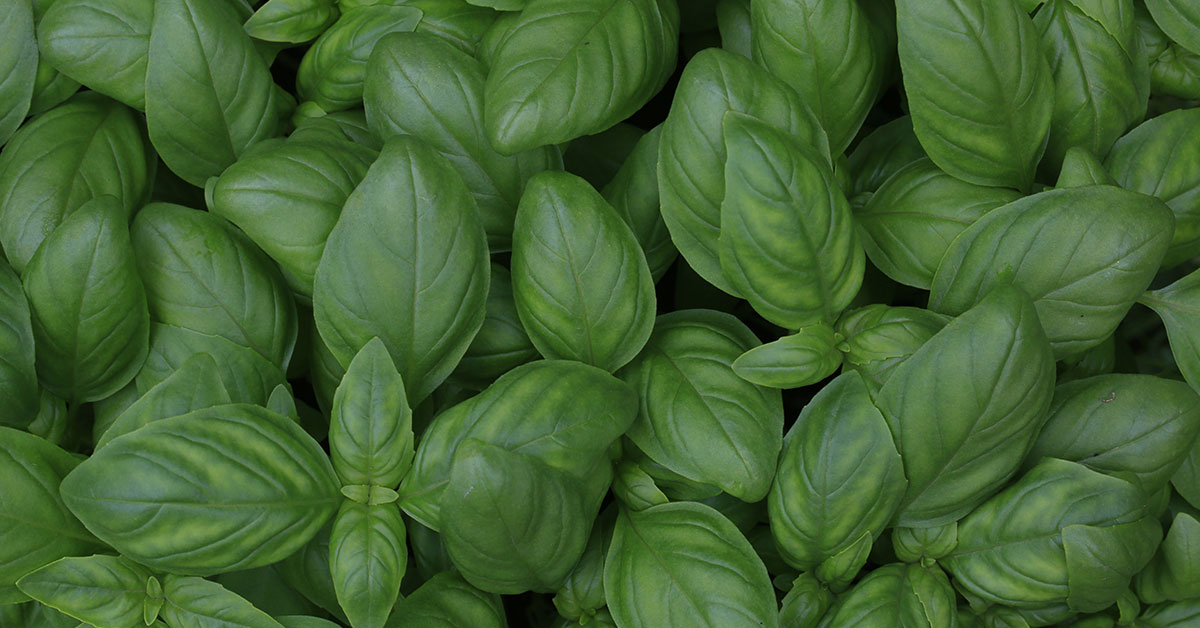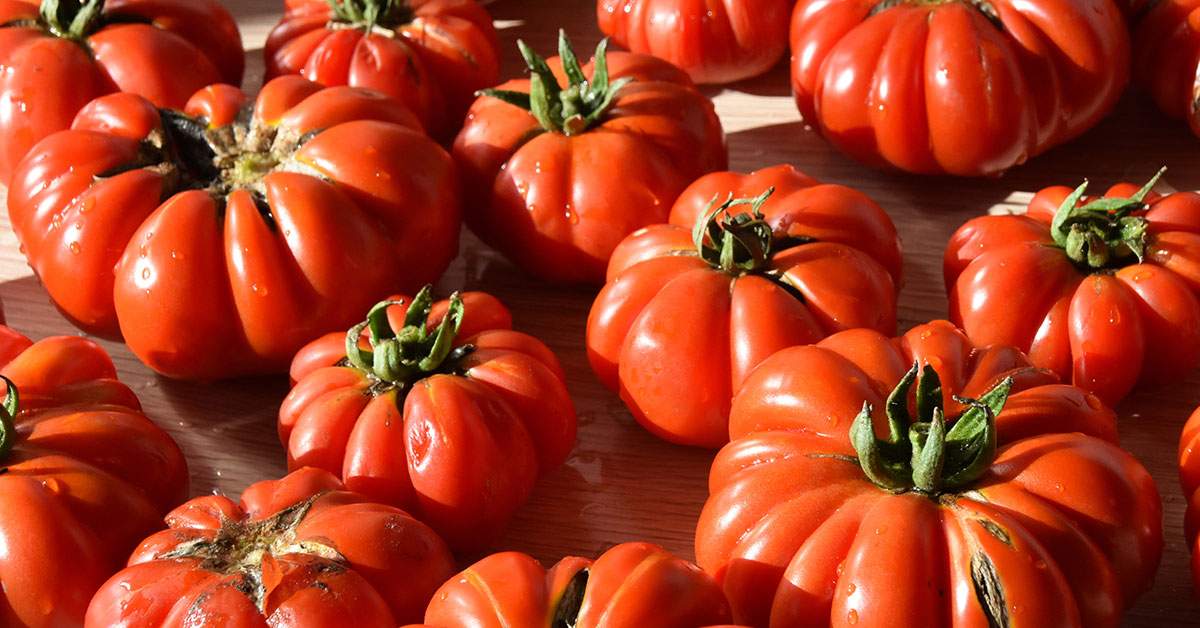Are you a keen gardener in the UK looking to add a new crop to your vegetable patch? Look no further than shallots! Shallots are a versatile and delicious addition to any kitchen, and growing your own can be a rewarding experience. In this article, we will explore the ideal timing for planting shallots in the UK, taking into consideration the climate, soil conditions, and other factors that can affect their growth.
Whether you are a beginner or an experienced gardener, this guide will provide you with the knowledge you need to get started on your shallot-growing journey. So, grab your gardening gloves and let’s dive in!
Best shallots to grow in the UK
There are several good varieties of shallots that grow well in the UK. Here are a few popular options:
- Red Sun: This variety produces medium-sized shallots with a reddish-brown skin and pink flesh. They have a mild, sweet flavor and are great for cooking or using raw in salads.
- Longor: Longor shallots are elongated in shape and have a coppery-brown skin. They have a strong, rich flavor and are excellent for caramelizing or roasting.
- Jermor: Jermor shallots are round with a golden-brown skin and pinkish flesh. They have a mild, sweet flavor and are perfect for adding to salads or using in recipes that call for raw shallots.
- Picasso: Picasso shallots are small to medium-sized with a reddish-brown skin and white flesh. They have a deliciously sweet flavor and are great for roasting, grilling, or sautéing.
- Golden Gourmet: Golden Gourmet shallots have a golden-brown skin and yellowish flesh. They have a mild, delicate flavor and are well-suited for pickling or using in sauces and dressings.
These varieties are readily available in most garden centers or online seed suppliers in the UK. It’s always a good idea to check with local nurseries or gardening experts for additional recommendations based on your specific growing conditions.
When to plant shallots in the UK
In the UK, hardiness zones are used to determine the suitability of plants based on the average minimum temperature of a region. These zones help gardeners understand which plants are likely to thrive in their specific climate. The UK is divided into several hardiness zones, ranging from Zone 7 in the south to Zone 9 in the northernmost parts of Scotland.
When it comes to planting shallots in the UK, it’s important to consider the climate and the specific hardiness zone of your area. Shallots are generally well-suited to the UK climate, as they are tolerant of cooler temperatures. They can be planted in both spring and autumn, but the ideal planting time may vary depending on your location.
In the southern parts of the UK (Zone 7), shallots can be planted in early spring, around March or April. This allows them to establish roots and start growing before warmer temperatures arrive. In the northern regions (Zone 8 and 9), it is advisable to wait until mid to late spring to plant shallots, as the soil needs to warm up sufficiently for optimal growth.
If you prefer to plant shallots in the autumn, it is generally recommended to do so in September or October. This timing allows the shallots to establish their root systems before the colder winter months, and they will resume growth in the spring.
It’s worth noting that these are general guidelines, and local weather conditions can vary from year to year. It’s always a good idea to monitor the weather and adjust your planting schedule accordingly. Additionally, consider the specific variety of shallots you are planting, as some may have slightly different requirements.
Overall, with proper timing and care, shallots can be a rewarding addition to any UK garden. They are relatively low-maintenance and can be harvested in late summer or early autumn, providing a delicious addition to your meals.
When to harvest shallots in the UK
The optimal time to harvest shallots in the UK is typically in late summer or early autumn, around August or September. At this time, the shallot bulbs should have reached their full size and the foliage will start to turn yellow and die back. It is important to wait until the foliage has completely withered before harvesting, as this allows the bulbs to fully mature and develop their flavor. Gently lift the shallots from the soil using a garden fork or trowel, being careful not to damage the bulbs. After harvesting, allow the shallots to dry in a warm, dry location for a few weeks before storing them in a cool, dark, and well-ventilated area.
Other considerations
When growing shallots in the UK, there are a few other considerations to keep in mind:
- Soil: Shallots prefer well-drained, fertile soil. Amend the soil with organic matter, such as compost or well-rotted manure, to improve its fertility and drainage.
- Sunlight: Shallots thrive in full sun, so choose a location in your garden that receives at least 6-8 hours of direct sunlight daily.
- Planting time: Shallots can be planted in early spring or autumn. In the UK, it is generally recommended to plant shallots in autumn, around September or October, to allow them to establish before winter.
- Planting depth and spacing: Plant shallot sets (small bulbs) about 15cm apart in rows, with each set being planted 2-3cm deep. Ensure the pointed side of the set is facing upwards.
- Watering: Shallots require consistent moisture, especially during dry periods. Water them regularly, making sure the soil remains evenly moist but not waterlogged.
- Mulching: Apply a layer of organic mulch, such as straw or wood chips, around the shallots to help retain moisture, suppress weed growth, and maintain a more even soil temperature.
- Fertilizing: Shallots benefit from regular feeding. Apply a balanced fertilizer or organic compost every few weeks throughout the growing season to provide them with essential nutrients.
- Controlling weeds: Keep the area around the shallots weed-free to minimize competition for nutrients and water. Regularly remove any weeds that emerge.
- Harvesting: Shallots are usually ready to harvest when the foliage turns yellow and starts to die back. Lift them gently from the ground using a fork, being careful not to damage the bulbs. Allow them to dry in a well-ventilated, shady area for a few weeks before storing.
- Storage: Once the shallots have dried, remove any loose soil and store them in a cool, dry, and well-ventilated place. You can braid the dried foliage together and hang them up, or store them in mesh bags or wooden crates.
By considering these factors, you can increase your chances of successfully growing shallots in the UK and enjoy a bountiful harvest.













